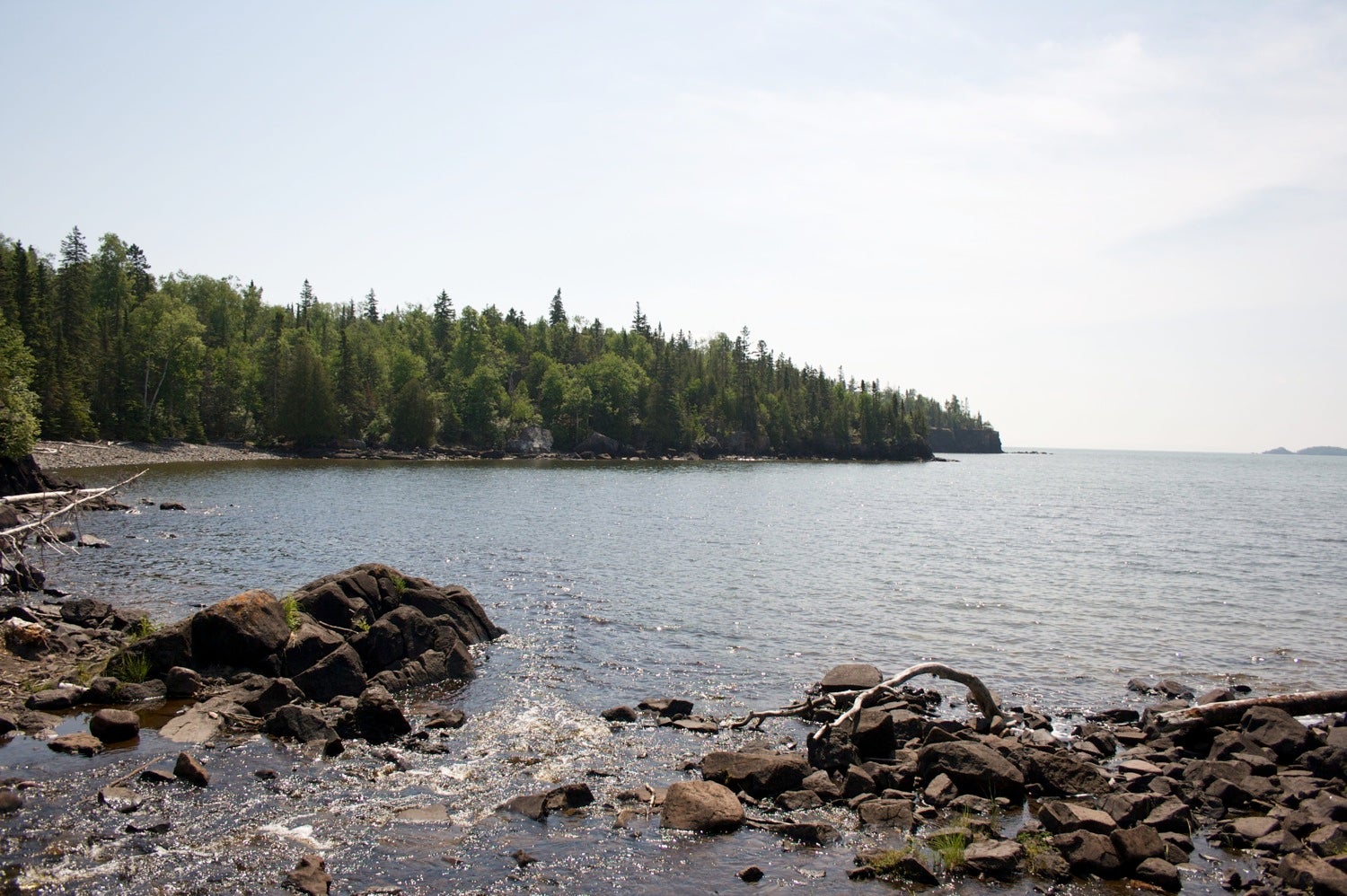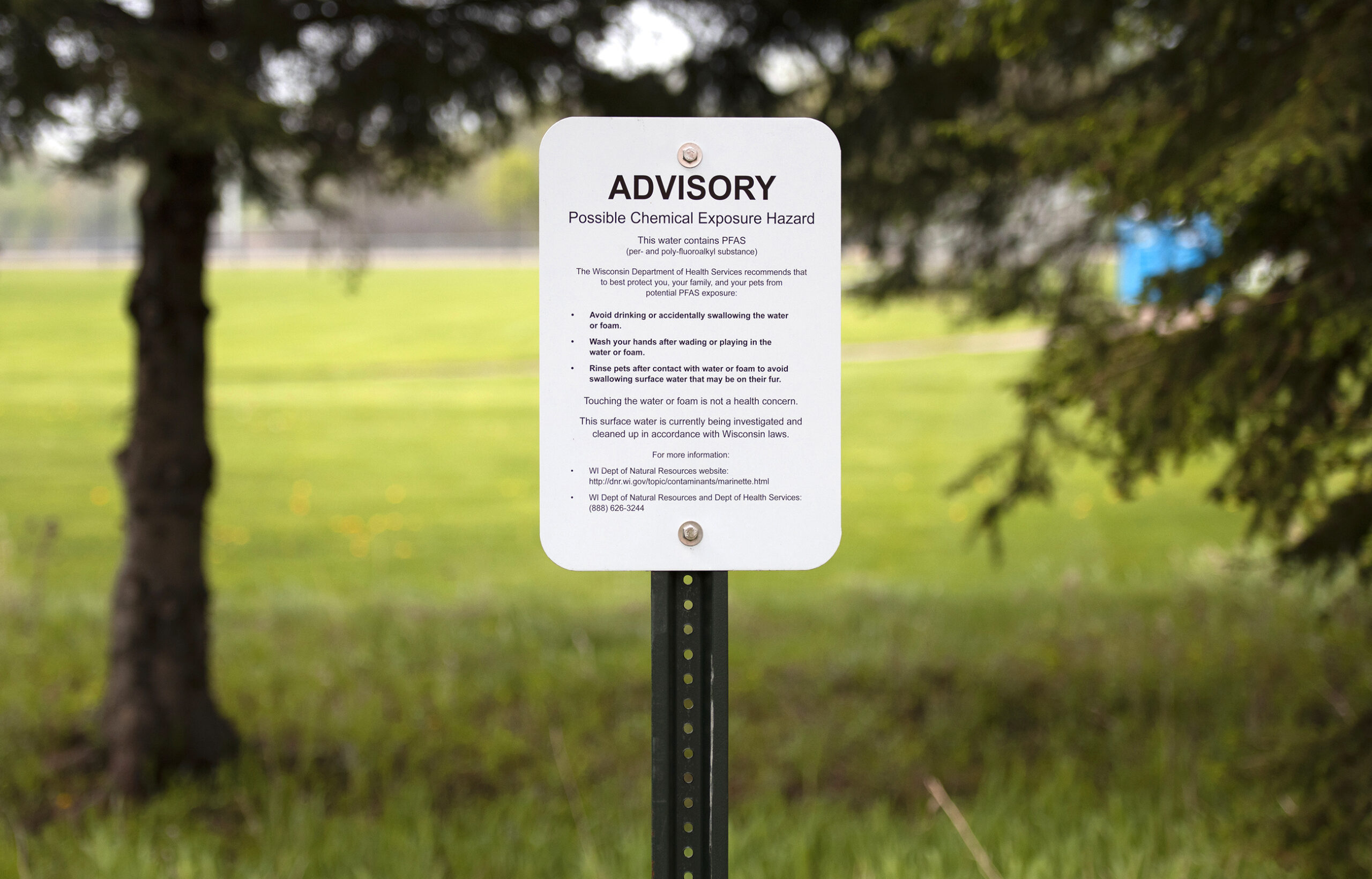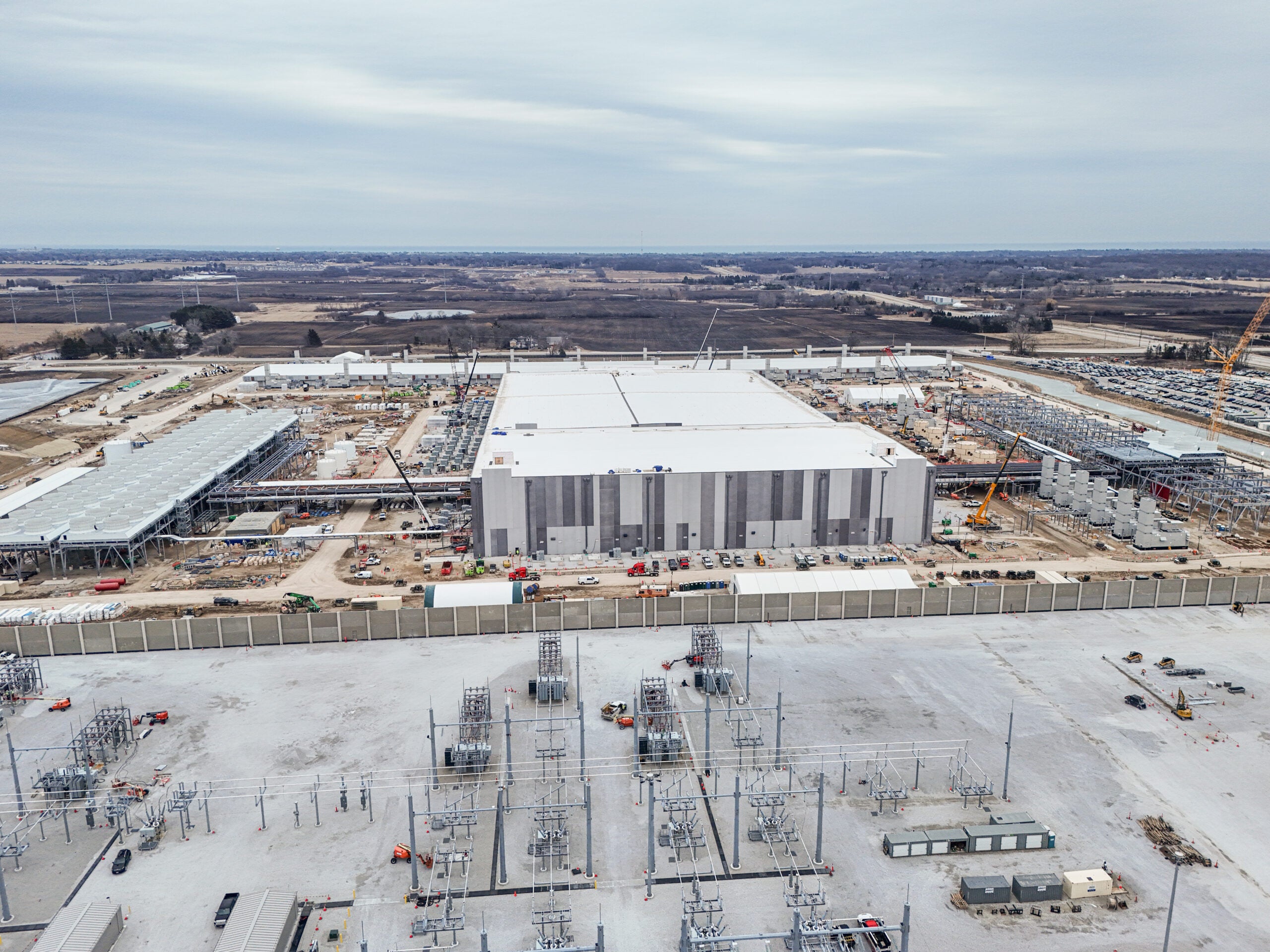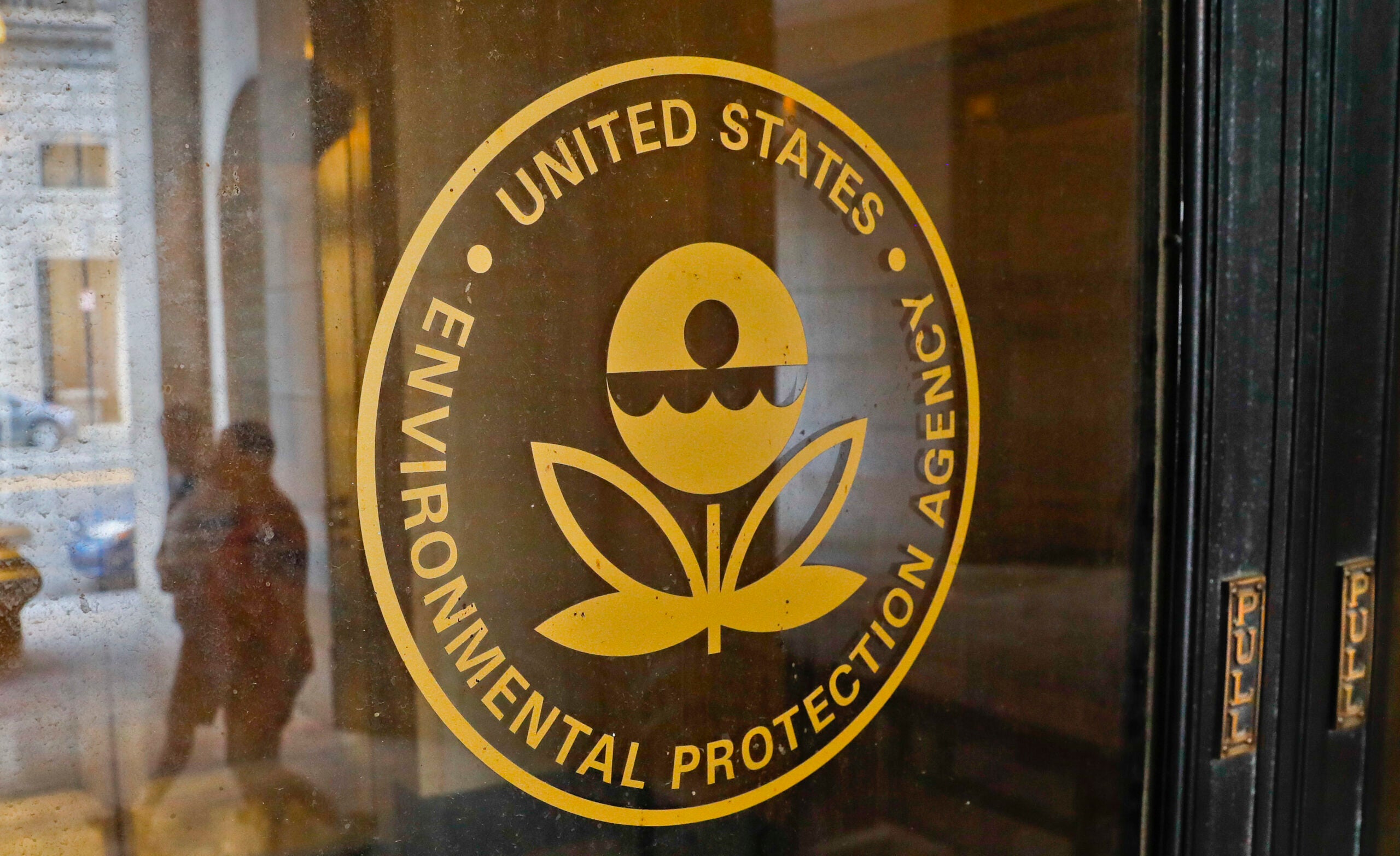A mix of industry, tribal, regulatory and environmental stakeholders have released a white paper listing a dozen recommendations for the future of a federal Great Lakes cleanup program.
Suggestions include continuing work to clean up areas of concern under the Great Lakes Restoration Initiative, as well as creating a more stable, minimum level of funding.
More than $2 billion has been spent cleaning up toxic hotspots along the Great Lakes over the last six years. A white paper produced by Northland College states stakeholders believe it needs a long-term funding commitment.
News with a little more humanity
WPR’s “Wisconsin Today” newsletter keeps you connected to the state you love without feeling overwhelmed. No paywall. No agenda. No corporate filter.
Peter Annin, co-director of the college’s Burke Center for Freshwater Innovation, said they’d like to see a federal authorization of $300 million each year over the next five years.
“To complete restoration in the Great Lakes region, the price tag that’s been put on it by a study that the Brookings Institution did a few years ago was $26 billion … It’s going to be a generation or two before we get to that $26 billion number,” Annin said.
Annin said the volume of work on Great Lakes restoration would span 86 years under its current level of funding. He added the paper’s recommendations would likely require either legislation or policy changes, noting a bipartisan bill that would authorize $300 million in federal funding for five years has already passed the U.S. House of Representative.
The paper also suggested pursuing more public-private partnerships and developing a relationship with Canadian partners to accomplish restoration goals.
“There was a lot of interest in at least reaching out to Canada,” Annin said. “If we’re going to do a restoration project on one side of the border, particularly where the borders are so close in the Detroit metropolitan area or the Niagara area where there are some legacy issues in both of those places, that perhaps there could be a joint binational investment.”
The paper included a recommendation to seek a greater emphasis on research and monitoring of cleanup projects to evaluate the return on investment in terms of environmental, social and economic benefits.
Another suggestion among industry, tribal, regulatory and environmental stakeholders included devoting more attention to managing nutrient runoff and leveraging more investment in restoration efforts through the U.S. Department of Agriculture’s Farm Bill.
“Having the Farm Bill maybe fund the boots on the ground work to help farmers maybe increase buffer strips or cover crops, for example,” Annin said. “And, perhaps, using Great Lakes Restoration Initiative dollars to measure the water quality benefits that come from those Farm Bill programs.”
Annin said the paper is being shared with transition teams of both presidential candidates, as well as Great Lakes senators and congressional representatives.
Wisconsin Public Radio, © Copyright 2025, Board of Regents of the University of Wisconsin System and Wisconsin Educational Communications Board.







